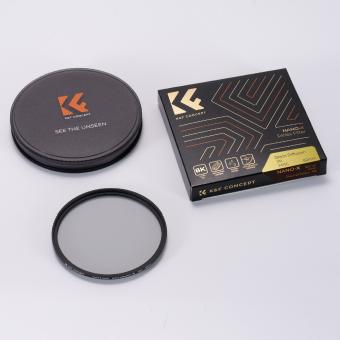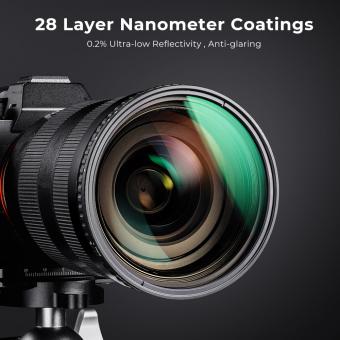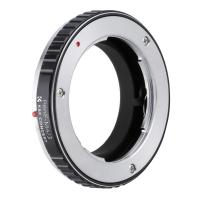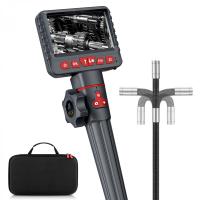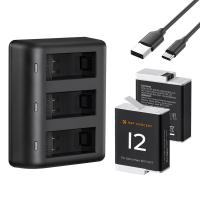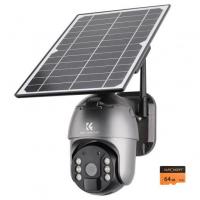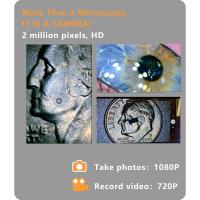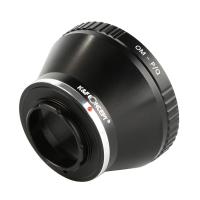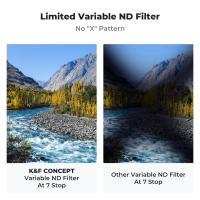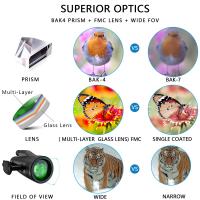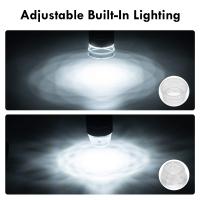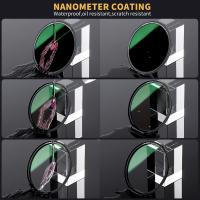What Do Nd Filters Do ?
ND filters, short for Neutral Density filters, are camera accessories that reduce the amount of light entering the lens without affecting the color or hue of the image. They are commonly used in photography and videography to achieve certain creative effects or to overcome technical limitations. ND filters come in different strengths, measured in stops, and can be stacked to achieve even greater light reduction. Some of the most common uses of ND filters include:
- Allowing for longer exposure times in bright daylight, which can create motion blur or smooth out water and clouds.
- Allowing for wider apertures in bright light, which can create a shallow depth of field and separate the subject from the background.
- Reducing the visibility of moving objects in a scene, such as people or cars, by making them appear blurred or ghostly.
- Balancing the exposure between a bright sky and a darker foreground, which can be challenging for cameras with limited dynamic range.
1、 Light Reduction
ND filters, or neutral density filters, are used in photography and videography to reduce the amount of light entering the camera lens. They are essentially darkened pieces of glass or plastic that are placed in front of the lens to block some of the light. This allows photographers and videographers to use slower shutter speeds or wider apertures in bright conditions without overexposing the image.
ND filters are particularly useful in landscape photography, where bright sunlight can make it difficult to capture a properly exposed image. By using an ND filter, photographers can create long exposure shots of waterfalls or rivers, or capture the movement of clouds in the sky.
In recent years, ND filters have also become popular in drone photography and videography. Drones are often flown in bright conditions, and the small sensors on most drones can struggle to capture properly exposed images. By using an ND filter, drone pilots can capture smoother footage with less jarring movements.
Overall, ND filters are an essential tool for any photographer or videographer looking to capture high-quality images in bright conditions. They allow for greater creative control over exposure settings, and can help to produce stunning images that would otherwise be impossible to capture.
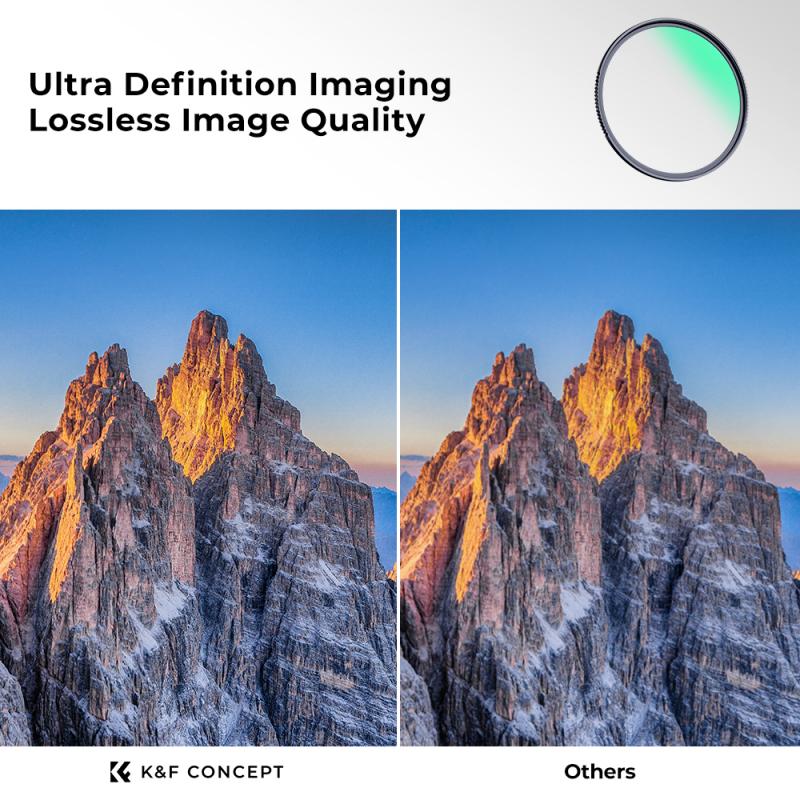
2、 Color Neutrality
ND filters, or Neutral Density filters, are used in photography and videography to reduce the amount of light entering the camera lens without affecting the color of the image. This allows for longer exposure times or wider apertures to be used in bright lighting conditions, resulting in a more balanced exposure and depth of field.
The term "neutral density" refers to the fact that the filter does not add any color cast to the image, maintaining color neutrality. This is important in situations where accurate color reproduction is crucial, such as in professional photography or cinematography.
In recent years, ND filters have become increasingly popular among drone pilots and mobile photographers/videographers. With the rise of social media and content creation, there is a growing demand for high-quality visuals that stand out from the crowd. ND filters allow for more creative control over exposure and depth of field, resulting in more visually appealing content.
Overall, ND filters are an essential tool for any photographer or videographer looking to achieve a balanced exposure and maintain color neutrality in bright lighting conditions. As technology continues to advance and the demand for high-quality visuals grows, ND filters will likely remain a staple in the world of photography and videography.
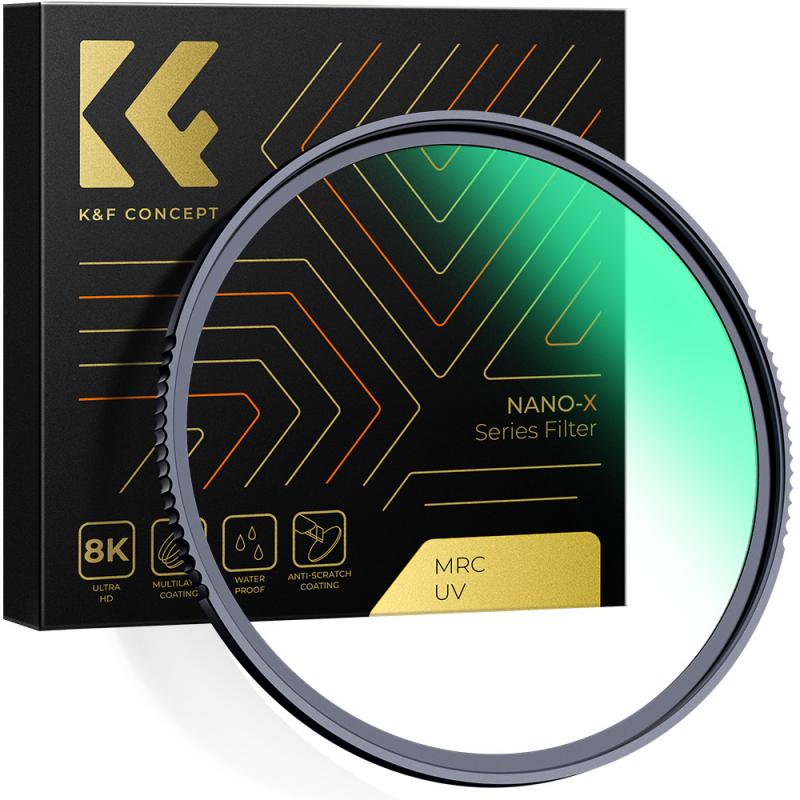
3、 Shutter Speed Control
ND filters, or neutral density filters, are essential tools for photographers and videographers who want to control the amount of light that enters their camera lens. These filters are designed to reduce the amount of light that enters the lens without affecting the color or contrast of the image. This allows photographers to use slower shutter speeds or wider apertures in bright conditions, which can create stunning visual effects.
One of the primary benefits of using ND filters is that they give photographers greater control over their shutter speed. When shooting in bright conditions, the camera's shutter speed may need to be set very high to avoid overexposure. However, this can result in a frozen or stilted image that lacks motion blur. By using an ND filter, photographers can reduce the amount of light entering the lens, allowing them to use slower shutter speeds and create images with more natural motion blur.
Another benefit of ND filters is that they allow photographers to use wider apertures in bright conditions. This can create a shallow depth of field, which can be used to isolate a subject from the background and create a more visually interesting image.
In recent years, ND filters have become increasingly popular among drone photographers and videographers. Drones are often used to capture aerial footage in bright conditions, and ND filters can help to reduce the amount of light entering the camera lens and create more cinematic footage.
Overall, ND filters are an essential tool for any photographer or videographer who wants to have greater control over their exposure settings and create stunning visual effects.
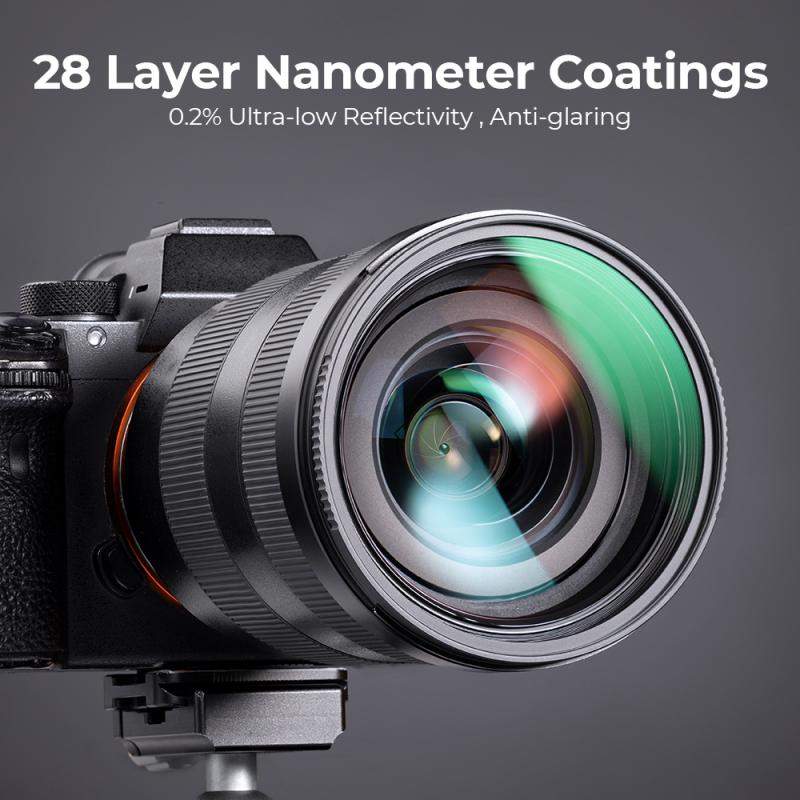
4、 Depth of Field Control
ND filters, or neutral density filters, are essential tools for photographers and videographers who want to control the amount of light that enters their camera lens. These filters work by reducing the amount of light that enters the lens, allowing the photographer to use slower shutter speeds or wider apertures without overexposing the image.
One of the primary benefits of using ND filters is the ability to control depth of field. By reducing the amount of light that enters the lens, ND filters allow photographers to use wider apertures, which in turn creates a shallower depth of field. This can be particularly useful for portrait photography, where a shallow depth of field can help to isolate the subject from the background and create a more visually appealing image.
In addition to depth of field control, ND filters can also be used to create motion blur in images. By using a slower shutter speed, photographers can capture the movement of objects in the frame, creating a sense of motion and adding visual interest to the image.
Overall, ND filters are an essential tool for any photographer or videographer who wants to have greater control over their images. With the ability to control depth of field and create motion blur, these filters can help to take your photography to the next level and create stunning, visually appealing images.





